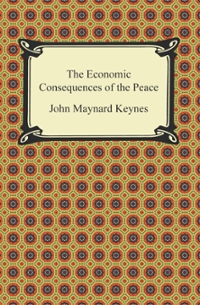Question
Since monetary policy changes made through the fed funds rate occur with a lag, policymakers are usually more concerned with adjusting policy according to changes
Since monetary policy changes made through the fed funds rate occur with a lag, policymakers are usually more concerned with adjusting policy according to changes in the forecasted or expected inflation rate, rather than the current inflation rate. In light of this, suppose that monetary policymakers employ the Taylor rule to set the fed funds rate, where the inflation gap is defined as the difference between expected inflation and the target inflation rate. Assume that the weights on both the inflation and output gaps are , the equilibrium real fed funds rate is 2%, the inflation rate target is 2%, and the output gap is 1%.
If the expected inflation rate is 4%, then at what target should the fed funds rate be set according to the Taylor rule?
Suppose half of Fed economists forecast inflation to be 3%, and half of Fed economists forecast inflation to be 5%. If the Fed uses the average of these two forecasts as its measure of expected inflation, then at what target should the fed funds rate be set according to the Taylor rule?
Now suppose half of Fed economists forecast inflation to be 0%, and half forecast inflation to be 8%. If the Fed uses the average of these two forecasts as its measure of expected inflation, then at what target should the fed funds rate be set according to the Taylor rule?
Given your answers to parts (a)-(c) above, do you think it is a good idea for monetary policymakers to use a strict interpretation of the Taylor rule as a basis for setting policy? Why or why not?
Step by Step Solution
There are 3 Steps involved in it
Step: 1

Get Instant Access to Expert-Tailored Solutions
See step-by-step solutions with expert insights and AI powered tools for academic success
Step: 2

Step: 3

Ace Your Homework with AI
Get the answers you need in no time with our AI-driven, step-by-step assistance
Get Started


